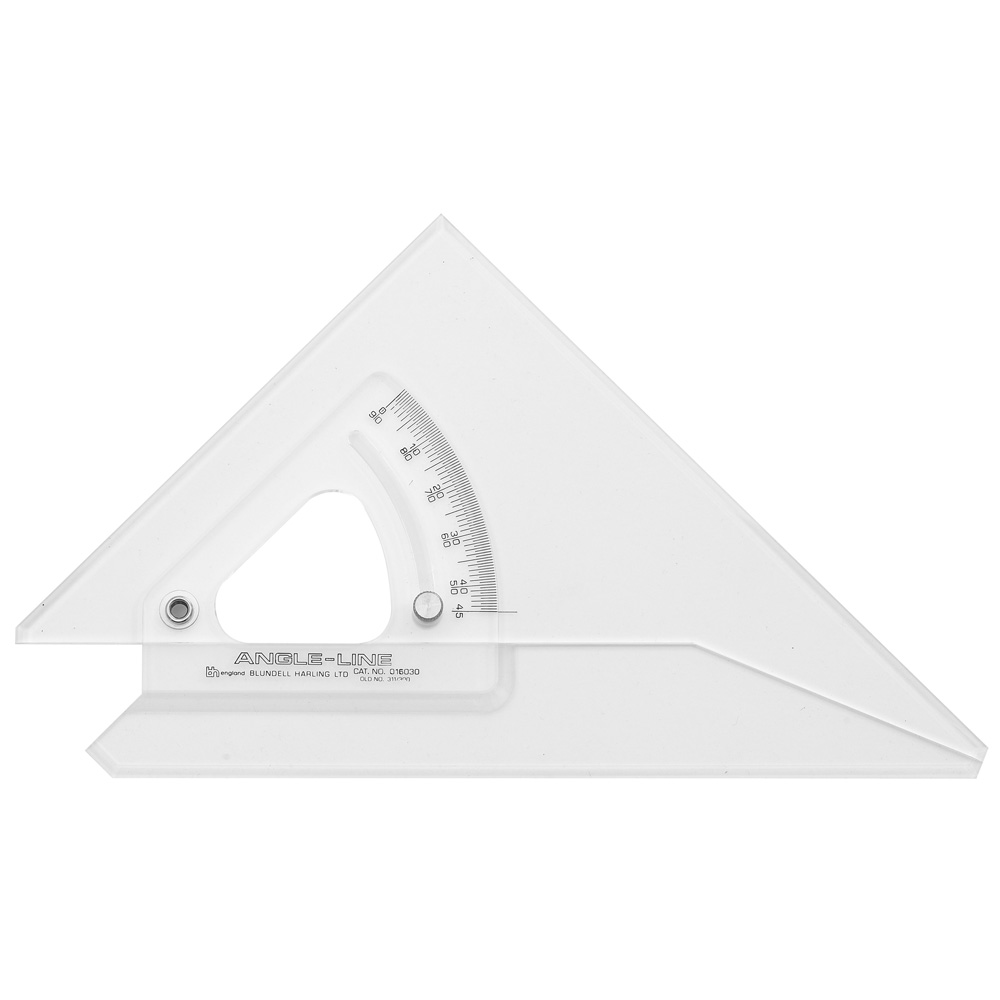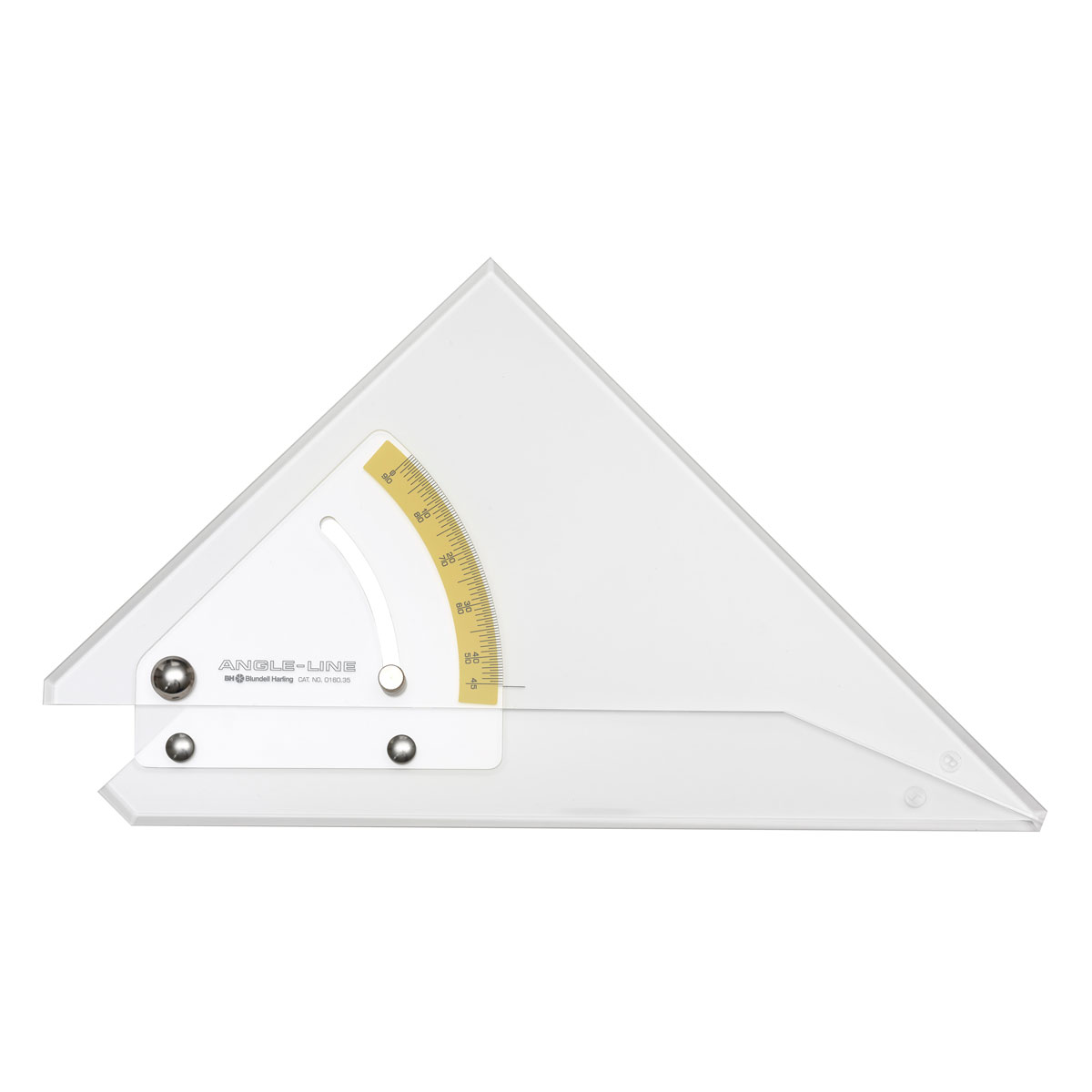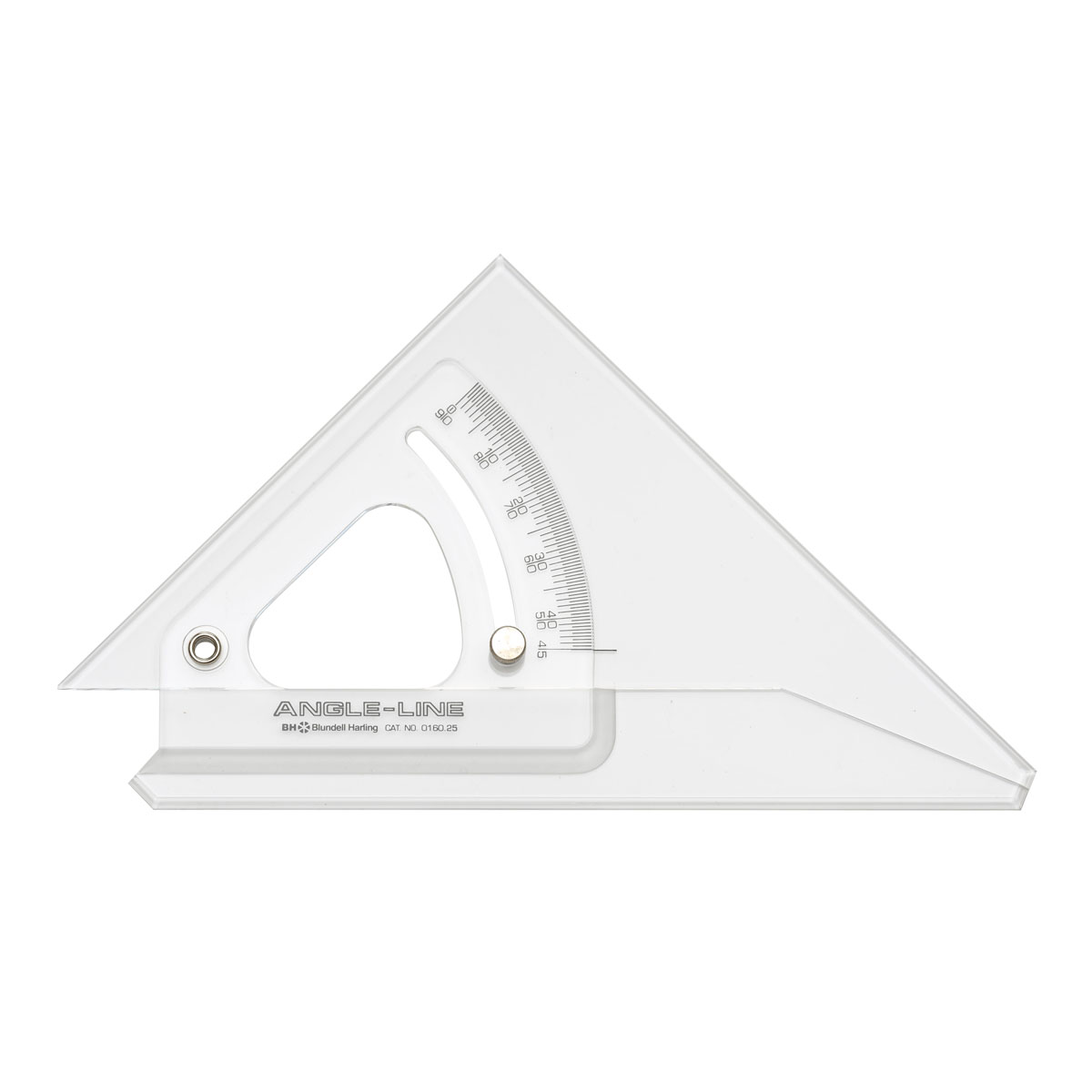An adjustable set square is a versatile tool used in technical drawing, design, and engineering. Unlike a fixed set square, it allows you to change the angle, making it perfect for precision work. Whether you’re a student tackling geometry or an aspiring architect, mastering this tool will sharpen your skills.

Understanding the set square
A standard set square comes in fixed angles—usually 30°, 45°, 60°, or 90°. An adjustable set square, however, features a rotating blade, which you can lock at any angle. This makes it incredibly useful for drawing custom angles, bisecting lines, or checking alignments.
The Angle Line Adjustable Set Square is a prime example, offering precise angle adjustments with a simple locking mechanism.
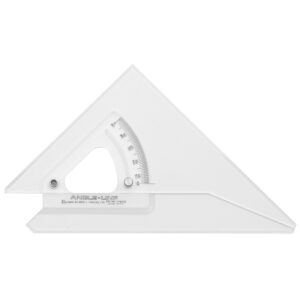
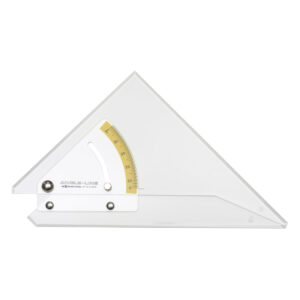
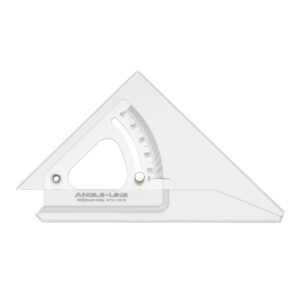
Setting up your set square
Before using your set square, ensure the locking mechanism is secure. If it’s loose, your angles may be inaccurate. Most models have a screw or dial to tighten once you’ve set your desired angle.
- Place the set square flat on your drawing surface.
- Rotate the blade to your required angle, using the degree markings as a guide.
- Lock it in place using the adjustment screw.
- Check the angle with a protractor if absolute accuracy is needed.
Drawing angles with precision
When drawing with a set square, keep your movements smooth and controlled:
- Aligning with a straightedge – For perfect angles, place one edge of the set square against a ruler or T-square. This ensures your lines remain straight.
- Marking the angle – Use a sharp pencil or fine pen to draw along the blade. Press lightly to avoid smudging.
- Checking accuracy – If precision is critical, double-check your angles with a protractor before finalising.
Common applications
A set square is invaluable for:
- Geometry and mathematics – Perfect for constructing angles in diagrams.
- Technical drawing – Essential for architectural or engineering sketches.
- Design work – Great for product design and pattern-making.
Keeping your set square in top condition
To ensure long-lasting accuracy:
- Store it flat to prevent warping.
- Keep the blade clean, wiping away any pencil marks or residue.
- Regularly check the locking mechanism to avoid slippage.
Mastering your technique
Like any precision tool, practice makes perfect. The more you use your set square, the quicker and more accurate you’ll become. Whether for coursework, design projects, or professional drafting, it’s an essential tool worth mastering.
NOTE: Our guides are intended as just that, a guide. Please seek professional instruction before attempting to use these tools yourself.
